In its 146 years, Tenterden House served as a home, a reform school, a migrant hostel, a child care centre and hospital accommodation.
Early Years
In 1839, Nathaniel Morphett acquired land, Section 409, and subsequently subdivided it. He named the land parcel “Tenterdon” after his family home in Kent. When Henry Simpson built his house on a portion of the subdivision, he called it Tenterden, after his steamship Tenterden.
The house was believed to have been built around 1850 as a private residence for Captain Henry Simpson. When Captain Simpson’s eldest son James married, Henry gave him the house and its 17 acres of land and then moved to Ridge Park. From 1857 to 1884, James and his growing family lived in the house. After his father, Captain Henry Simpson, died in 1884, James put the house up for rent and Mr R Dixson JP became the tenant. However, by 1894, the Simpsons had returned to occupy the house.
In 1905, the house was sold boasting a variety of rooms including a drawing room, smoking room, breakfast room, dining room, kitchen, scullery, storerooms, bathrooms, and 8 bedrooms. The exterior was just as impressive with a coach-house, stables with 3 stalls, a man’s room, a chaff house, a washhouse, and gardens.
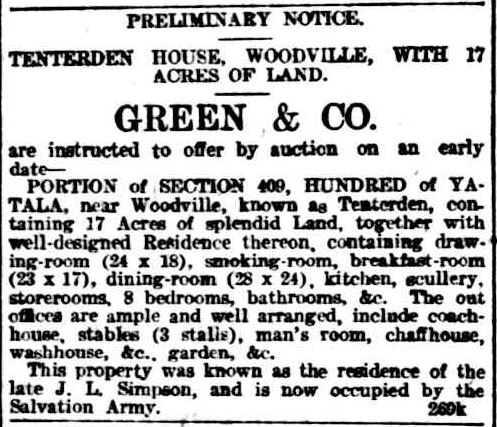
Salvation Army
In 1901, the Salvation Army leased the building and established “The Girls’ Probationary School” under government supervision.
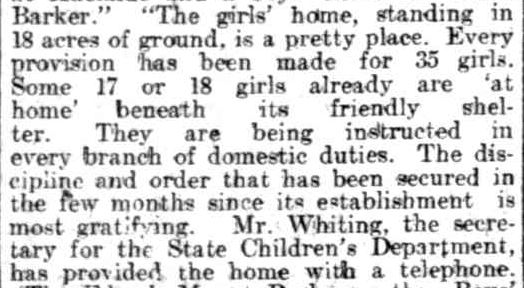
The institution was created to provide a more structured environment for girls under the State’s guardianship. These girls exhibited mild behavioural issues that did not warrant placement in a Girl’s Reformatory. The Girls’ Probationary School’s training and discipline were more rigorous than those offered at the Edwardstown Industrial School. The emphasis was on acquiring domestic duties for future employment. For four years, the school was located at Tenterden House, also known as “The Haven,” until the lease ended in 1905.

1905 – 1941
In 1905, Mr John Lewis and his family purchased the house and made it their private residence until 1914.

Afterwards, the house had various owners such as the Ridgway family from 1914 to 1917, the Conigraves and Dr LJ Dunstone from 1935 to 1941. In 1935, the Port Adelaide Racing Club named their races after homes in the district belonging to prominent South Australian citizens and pioneers. The Tenterden Handicap, a five furlongs race held on Saturdays, was one of them.
YMCA
In November 1941, Tenterden was purchased by the Federal Government for 3,500 pounds from Dr. LJ Dunstone, specifically to accommodate 200 female munitions workers during the Second World War. The hostel was leased to the YWCA, who took over the management of the hostel. They accepted women under the age of 35, with preference given to those under 30. A single room cost one pound, ten shillings weekly, while a double room cost one pound, seven shillings and sixpence. The hostel opened on 8 November 1942. It was advertised as two stories high with 5 rooms per floor: dining room, pantry, linen press, four cellars, billiard room, drawing room and dining hall.
The lease on the house expired on 31 December 1947, but continued as a hostel. On 27 August 1948, the Commonwealth Government transferred ownership of the property to the State Government. They continued the lease to the YWCA.
Post War
Following the war, Tenterden House continued to operate as a hostel for unmarried women. However, on 1st March 1954, the State Government, representing The Queen Elizabeth Hospital, included a condition into the lease with the YWCA. This condition stated that Tenterden House must provide accommodation for nursing staff when necessary. As a result, Tenterden House served as a temporary residence for nurses until the completion of the maternity hospital in 1957. Some of the nurses were accommodated in the purpose-built Nurses Home (opened in 1954). However, this building was also used as a temporary maternity hospital. Once the maternity hospital opened, all nurses were then accommodated in the Nurse’s Home.
During this time, Tenterden House underwent several additions, including a two-storey H-shaped brick accommodation block and a separate hall used for sports such as basketball.
Migrant Hostel
From late 1969, the building provided housing to state-assisted migrants of various nationalities. The State Immigration Centre, as it was later called, had the capacity to house up to 25 migrants. The building replaced the Elder Park migrant hostel, which had been operating since 1948. The Federal and State Governments shared the cost of adapting the building for its new purpose. The original house was used as an administrative office. The hall was converted into a games room and entertainment area for teenagers. Some of the grounds were also transformed into a fun play area for children, equipped with swings, slides, and sand pits. The centre was closed down in late 1977.
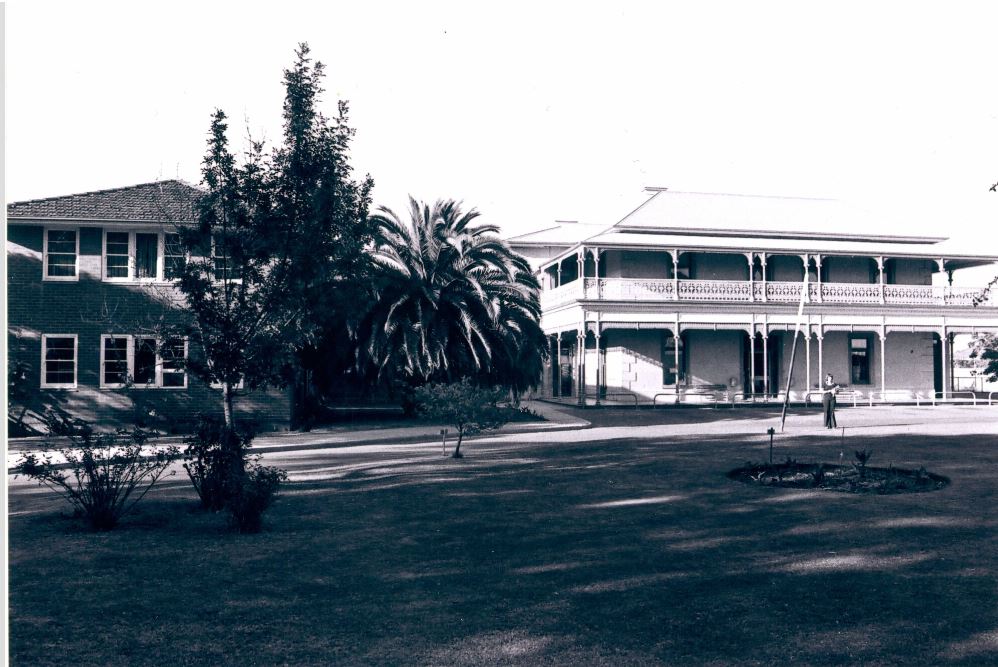
Student Boarders
When migration began to slow, the hostel’s was used to provide accommodation for rural school students. In 1974-75, it was temporarily utilized to house those affected by Cyclone Tracy. By mid-1977, the pavilion was transferred to the Woodville Primary School. The annex at the back of the hostel was converted into an office block for The Queen Elizabeth Hospital.
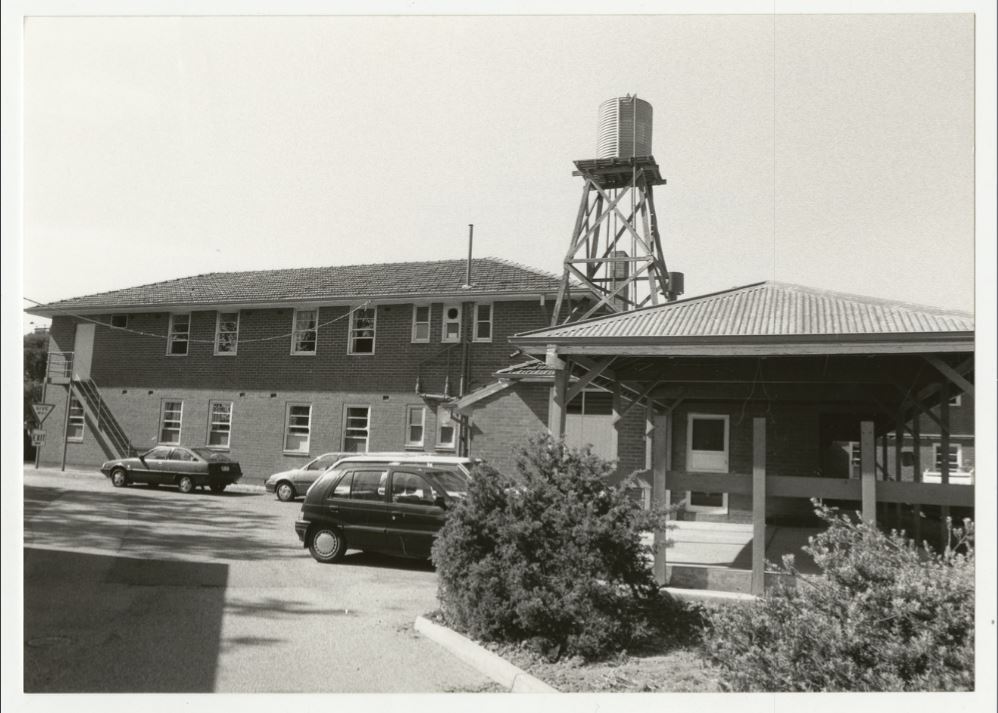
The Queen Elizabeth Hospital
In 1979, the hospital acquired Tenterden House in its own right after making a formal approach to the government.
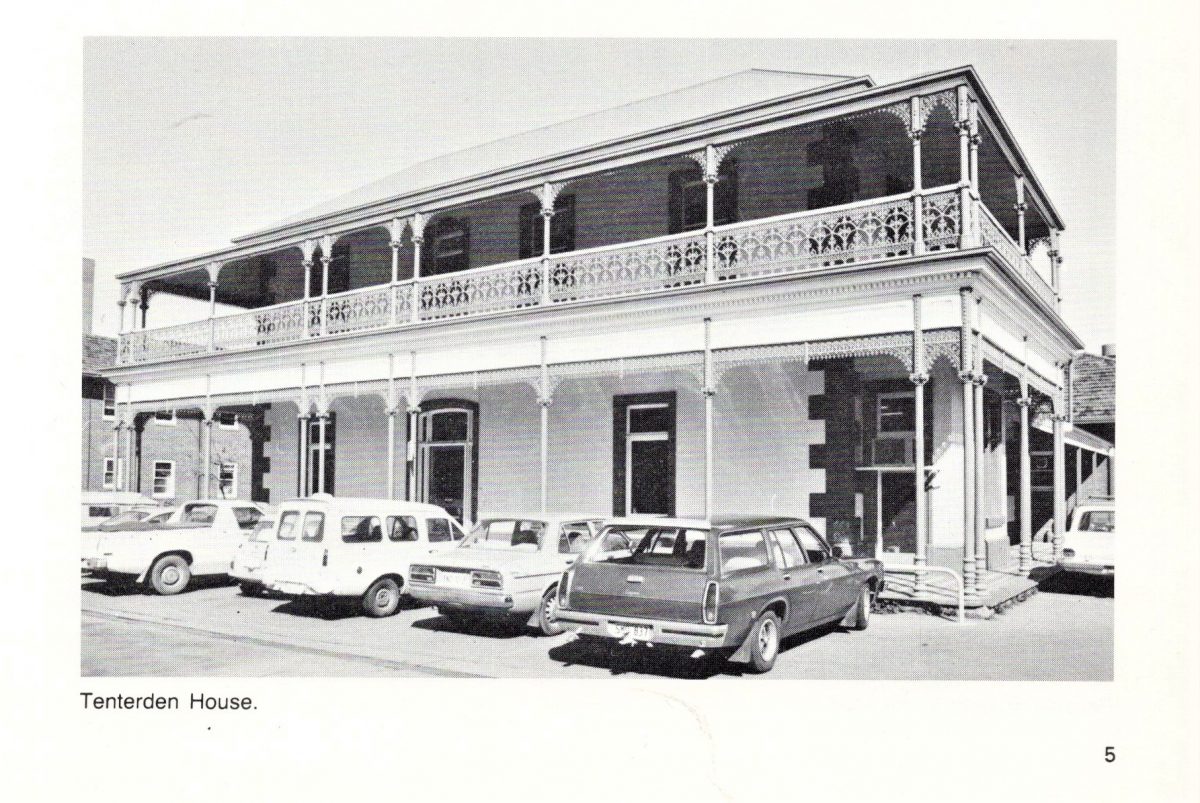
At this time, there was a growing demand for short-term accommodation near the hospital, particularly for country outpatients undergoing dialysis or transplants. As a result, Tenterden House underwent a renovation project. This was conducted by the hospital’s Engineering and Building Services, which was completed in December 1981. The newly renovated 19-bed unit, comprising single and double rooms with shared amenities, opened its doors in January 1982.
To accommodate increasing numbers of women returning to the workforce, a Community Child Care was also built on the Tenterden House site in 1987, costing $300,000. The child centre provided care for up to 40 children from three months to five years.
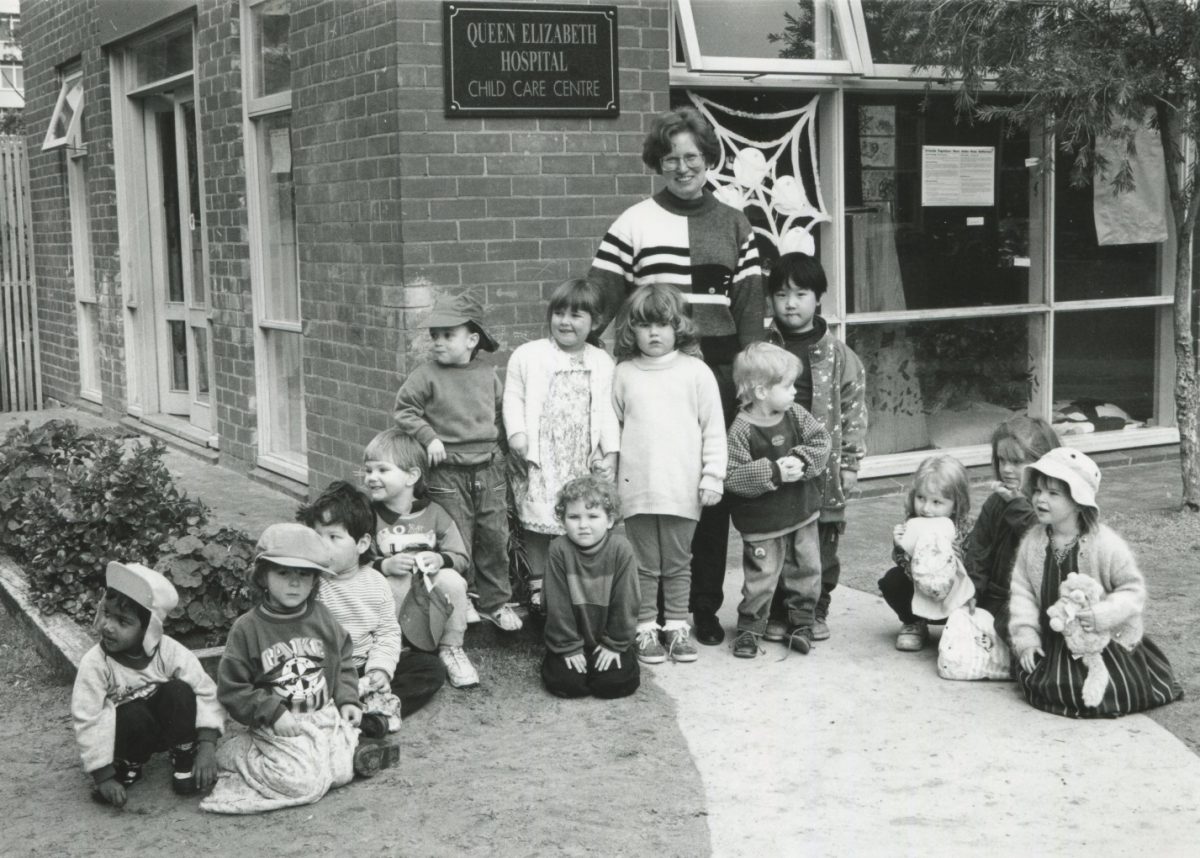
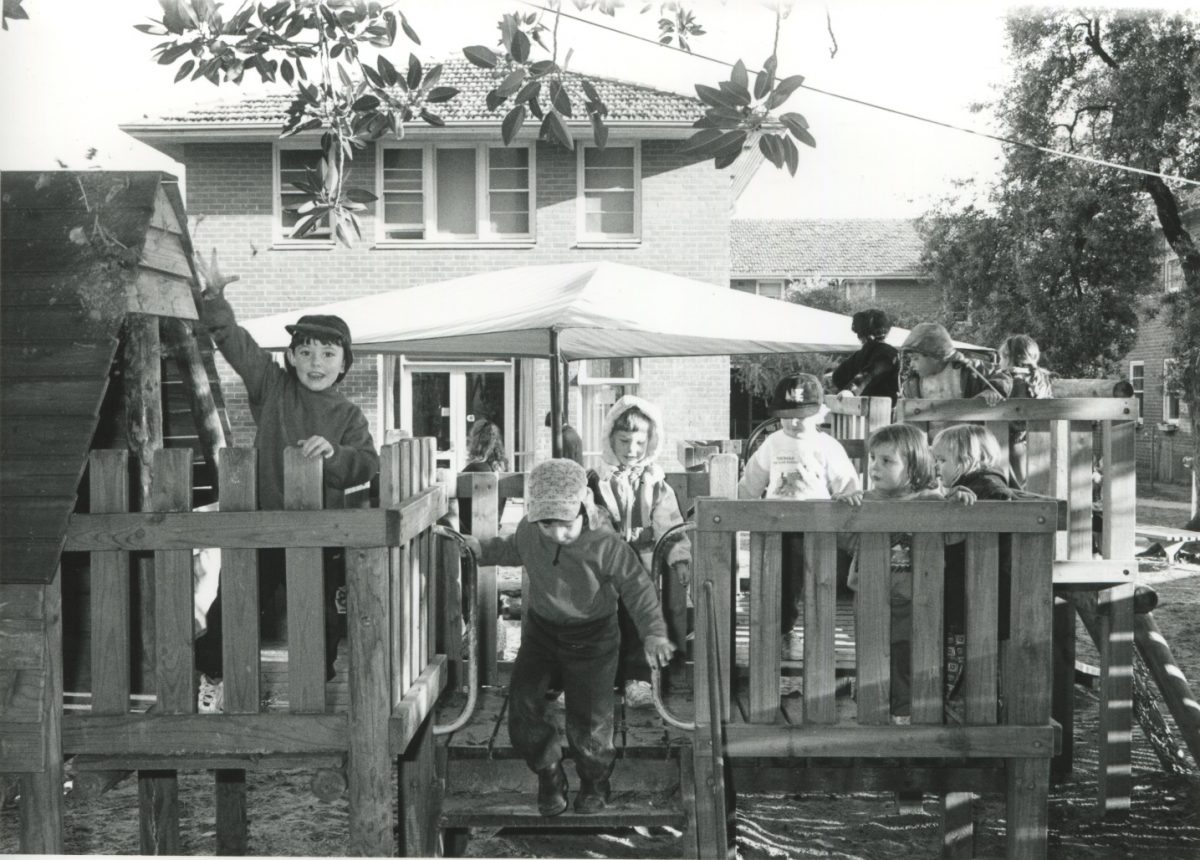
In the early 1990s, the Tenterden site was a topic of heated debate. The government had initially proposed demolishing the building and constructing a new mental health facility in its place. However, this plan was eventually abandoned in favour of relocating it to the TQEH site on the opposite side of Woodville Road. Despite strong opposition from the public, as well as from environmental and heritage groups, the momentum to demolish the house unfortunately grew.
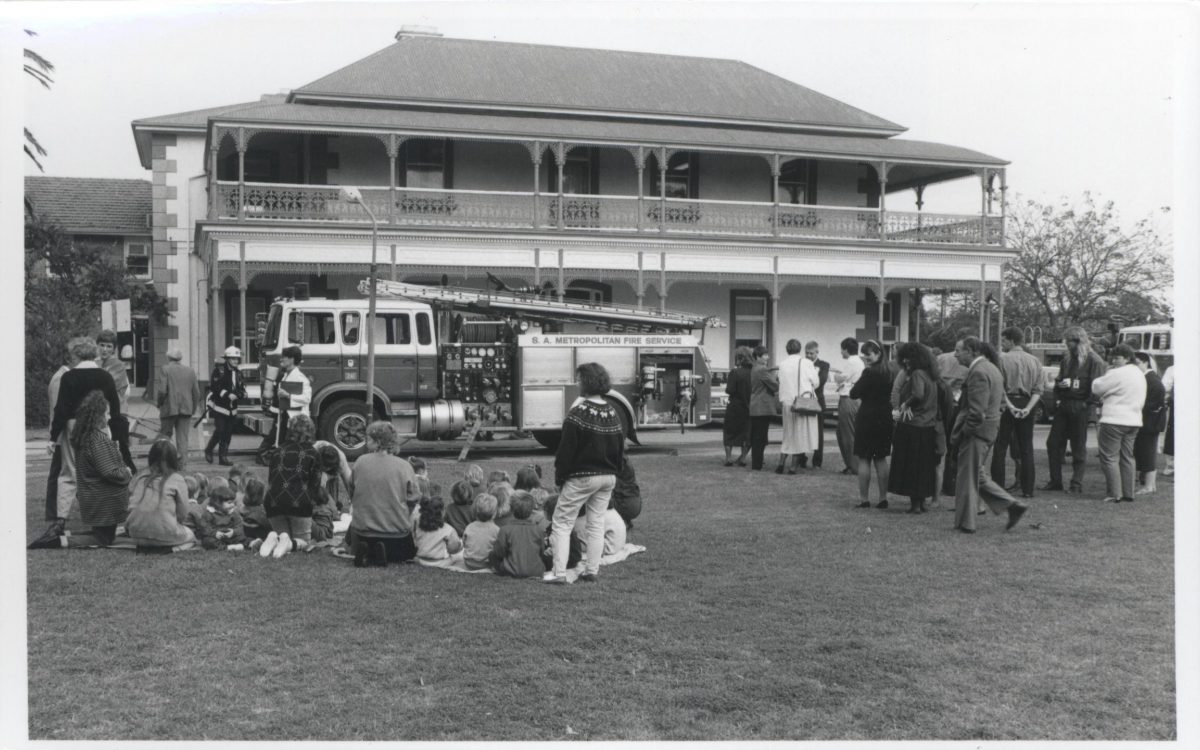
The Hindmarsh and Woodville Council offered to pay $700,000 for Tenterden House, but the government rejected it.
“We were always happy for the red brick extension to be demolished. All we in the Woodville area wanted was for the old mansion to be preserved, and that could have been done while providing the car parking necessary for TQEH”.
South Australian Parliament, House of Assembly, 30 May 1996
However, the government demolished Tenterden House and constructed a multi-storey carpark. Royal Park Salvage Company was hired for the demolition.

Written by Margot Way, CALHN Health Museum
(Information sourced from Trove, History Trust, Ancestry, State Library of South Australia and SA Health Museum collection. Copies of all newspaper articles and other relevant documents are available on request).